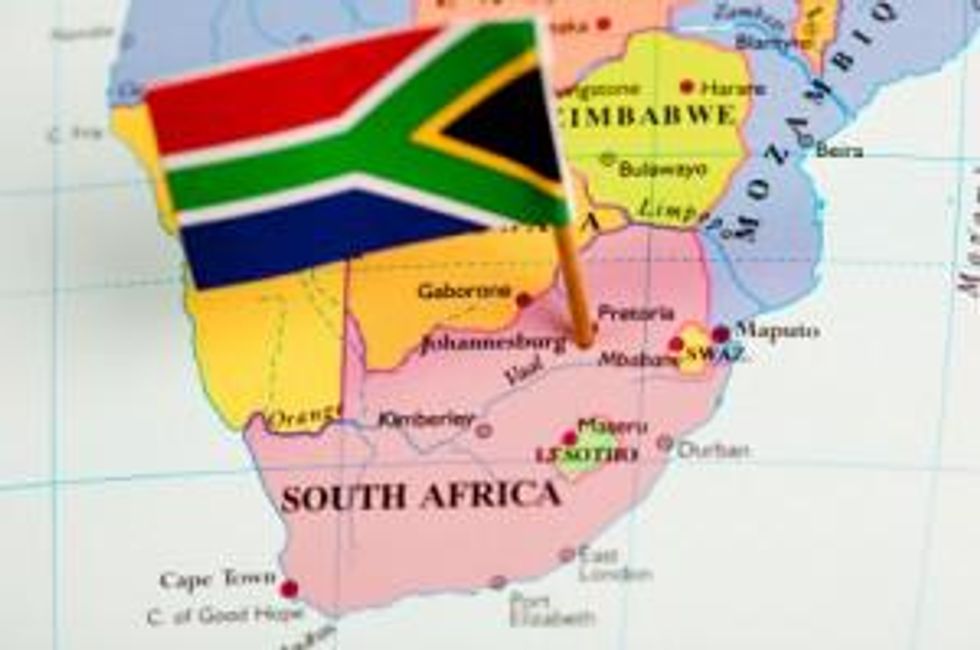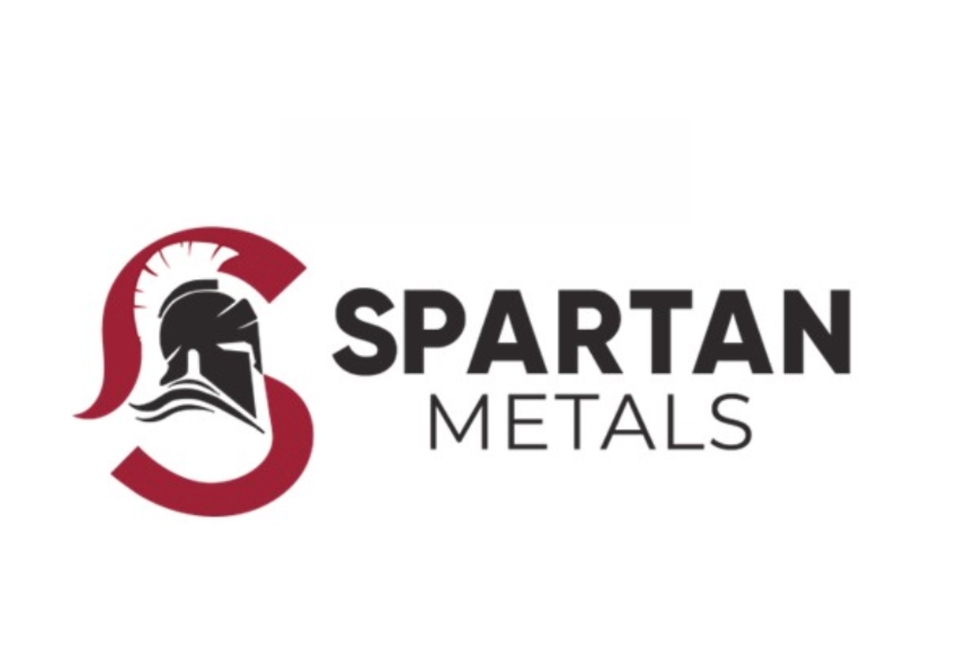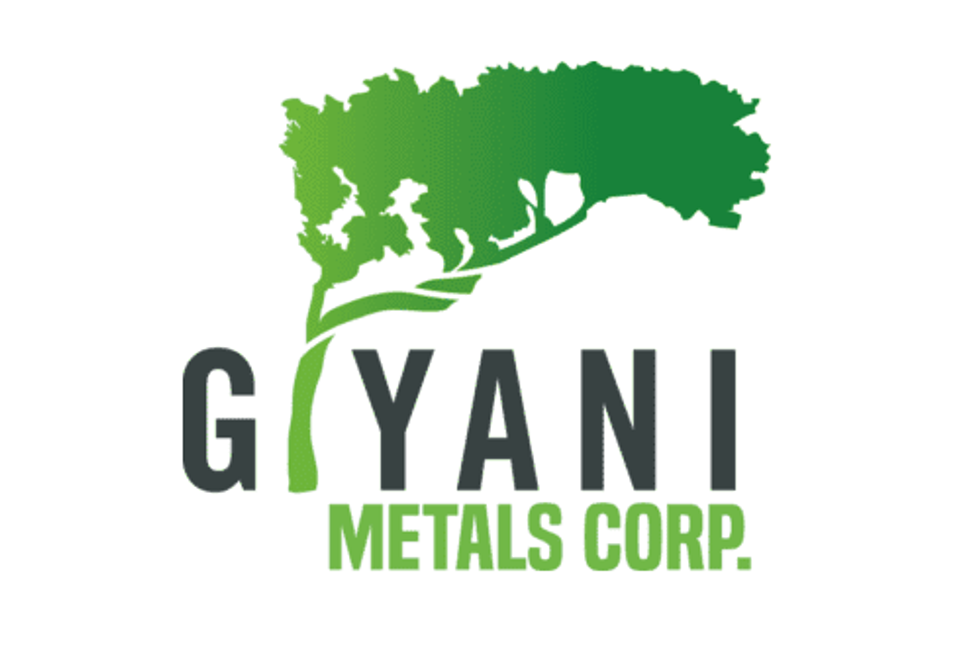Why South Africa’s Manganese Production is Falling
A look a the factors influencing falling manganese production in South Africa.
South Africa is the most resource-rich nation on Earth. A 2010 report from Citigroup gave the country’s mineral reserves a total value of more than $2.5 trillion.
Manganese makes up a big part of that wealth. South Africa has about 75 percent of the world’s reserves, according to the US Geological Survey. The country also led the way in manganese production in 2011, with about 3.4 million tonnes of output, ahead of second-place China’s 2.8 million tonnes.
ArcelorMittal (NYSE:MT) is one global miner that is currently active in South Africa. The company has a 50/50 joint venture with Kalagadi Manganese, which is building an underground mine in Hotazel, in the Northern Cape province. The company expects the mine to produce 3 million tons of manganese ore a year. The project also includes a sinter plant on the site and a smelter at the port city of Coega that will produce 320,000 tons of ferromanganese a year.
BHP Billiton (NYSE:BHP,ASX:BHP,LSE:BLT) owns 60 percent of Samancor Manganese, which also mines manganese ore at Hotazel. Junior miners active in the country include Ferrex (LSE:FRX), which is currently exploring for manganese at its Leinster property.
Production drop couldn’t come at a worse time
Even with its huge reserves, South Africa only controls 20 percent of the global manganese market. And that could be set to shrink due to an ongoing decline in its output.
The country’s manganese production dropped 22 percent in April 2012 from April 2011, according to Statistics South Africa. Manganese output also fell 6.5 percent in April from March.
Across the entire South African mining industry, production volumes dropped 10.6 percent in April from a year ago. That marked the tenth straight month of seasonally-adjusted declines.
The production slump comes as other countries take steps to export more manganese. For example, Gabon is now in the process of revising its mining code to encourage more foreign investment, and BHP Billiton is reportedly considering building a 300,000-tonne-per-year manganese mine in that country. Gabon aims to overtake South Africa as the world’s largest manganese producer by 2015.
Politics a big factor in the South African mining industry
External factors, such as the weak global economy, are part of the reason for the production cutbacks in South Africa, but there are a range of other issues within the country that are also playing a role.
One is concern about ongoing labor unrest in South Africa’s mining industry. For example, over the past few months, fighting between two unions has caused four deaths and a strike that closed the Rustenburg mine, the world’s biggest platinum operation, for six weeks.
Proposed tax could be a drain on miners’ profits
Miners are also worried about a number of proposals being discussed at the African National Congress (ANC) convention, which is now underway. The ANC is the party of the country’s president, Jacob Zuma.
The Zuma administration is currently facing significant pressure to address the country’s chronically high unemployment and poverty levels. A number of policies aimed at raising funds for the government’s initiatives to deal with these problems are being considered. Proposals include a 50 percent tax on the profits of mining companies and the nationalization of certain assets, including mines.
Ideas such as these are further clouding the mining industry’s long-term prospects. “You’re adding more to the camel and pretty soon you’ll break the camel’s back,” said Patrick Mathidi, a fund manager at Momentum Asset Management in Johannesburg. “We’re unlikely to get any good news out of the policy conference.”
In response to the uncertainty, South African companies are holding onto near-record amounts of cash – about 522 billion rand ($63 billion US), according to the South African Reserve Bank. That’s up 11 percent from a year ago.
New railway investment should boost manganese shipments
On a more positive note for miners, South Africa appears poised to address its ongoing transportation problems.
State-owned transportation company Transnet recently announced a 300 billion rand ($35.6 billion) plan to increase railway capacity, build and improve port facilities, and upgrade fuel pipelines. The plan is specifically aimed at speeding up resource shipments. It also includes a new railway line to transport 16 million tons of manganese to Coega.
Obsolete transportation infrastructure is a significant problem for miners active in South Africa as it causes major bottlenecks and forces companies to ship resources by road – an option that Transnet says is about 75 percent more expensive than rail.
“Capacity has been a major constraint,” said Asief Mohamed, chief investment officer of Aeon Investment Management in Cape Town. “With the committed expansion by Transnet, mining companies would be able to increase volumes, which would be good for earnings.”
The government expects the plan to double Transnet’s freight capacity within the next seven years.
Securities Disclosure: I, Chad Fraser, hold no positions in any of the companies mentioned in this article.



